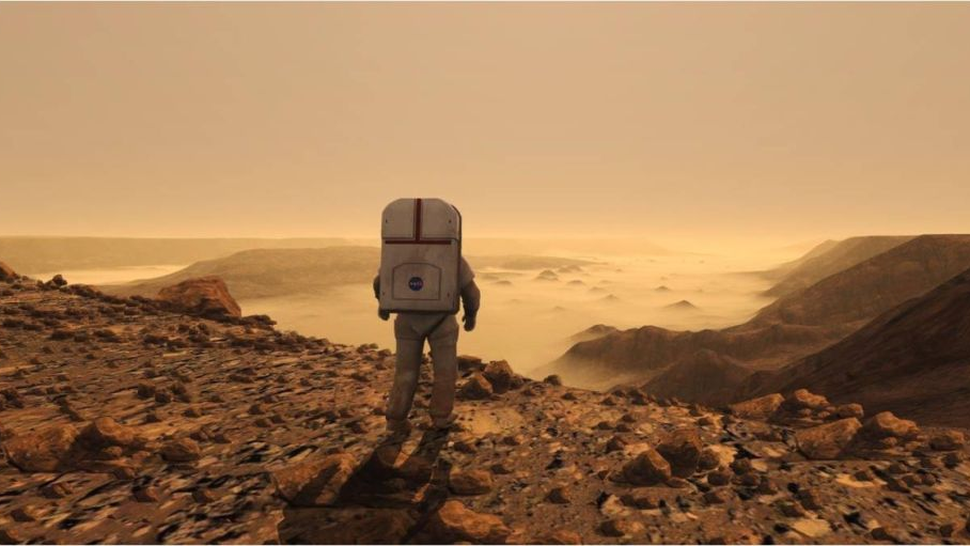The first human landing on Mars will take a little longer than even the most optimistic forecasts, but there is already a set date – and it is very aggressive. In a statement from NASA representatives, the idea is to achieve this in 2040, but they cautioned that the deadline is very challenging given the amount of technology that needs to be developed and tested.
During the 2023 Humans to Mars Summit, Jim Reuter, associate administrator for NASA’s Space Technology Mission Directorate (STMD), said the 2040 deadline “may seem like a long time, but the time is very short to develop the technologies we need.”
In 2022, some internal NASA documents accessed by Ars Technica have already indicated delays in the optimistic space exploration program timelines for the coming decades. At the center of all these plans is the landing of man on Mars – the Artemis program itself, which focuses on the Moon, has this as one of the ultimate goals.
In John Bridenstine’s “era” at NASA, the director commented that it would be possible to take astronauts to the Red Planet in 2035, provided all partner space agencies around the world could convince their governments to provide all the necessary support.
Those efforts should again focus on the Artemis program, which is often described as a “stepping stone to Mars.” Is that the plans for the moon during the upcoming missions, such as the Gateway space station and the human base on the surface of the moon, with the exploration of natural resources, will be used to promote launches to the Martian soil.
However, it is clear that delays in the Artemis program will lead to schedule changes and, ultimately, the landing on Mars. Although the first human deployment to the Red Planet could still take place in 2030, the team will not land there, but will orbit making valuable observations, with the goal of ensuring a safe landing for the next crew.
According to NASA, astronauts may be able to orbit Mars in 2033, but treading on the Red Planet before 2040 would be a “ferocious” and “bold” goal. For that to happen, humans need to successfully establish a sustainable stay on the moon, and the lunar station needs to have its technologies well tested.
Testing things like the Gateway, which isn’t ready yet, is more challenging than it sounds, as it’s designed to accomplish tasks that haven’t been done before. The station will orbit the Moon, hosting supplies and astronauts to run simulated missions to Mars.
To reach its destination, Gateway will need to pass through the Van Allen radiation belt, which means NASA will also need to perform simulated missions to test “advanced radiation shielding technology” currently in development, but those tests will take time, according to Reuters.
All this without mentioning SpaceX’s Starship system, which should also be successful in testing and launching Artemis missions over the next few years. The explosion of the first prototype when trying to send it into Earth’s orbit may present some delay, depending on what kind of defects need to be corrected.
In any case, NASA wants to try to meet this strict deadline, and to this end it is appealing again to partner nations and commercial companies that have signed cooperation agreements with the Artemis program. “It is going to take this kind of partnership and this kind of relationship to achieve these big, bold goals that we want to achieve,” said Nicola Fox, who is also an Associate Director at STMD.
source: space.com

“Incurable thinker. Food aficionado. Subtly charming alcohol scholar. Pop culture advocate.”






More Stories
NASA Releases Selfie of Perseverance Rover Working on Mars
NVIDIA driver includes hidden Final Fantasy XVI profile
PlayStation Plus Extra and Premium saw a significant drop in players in July